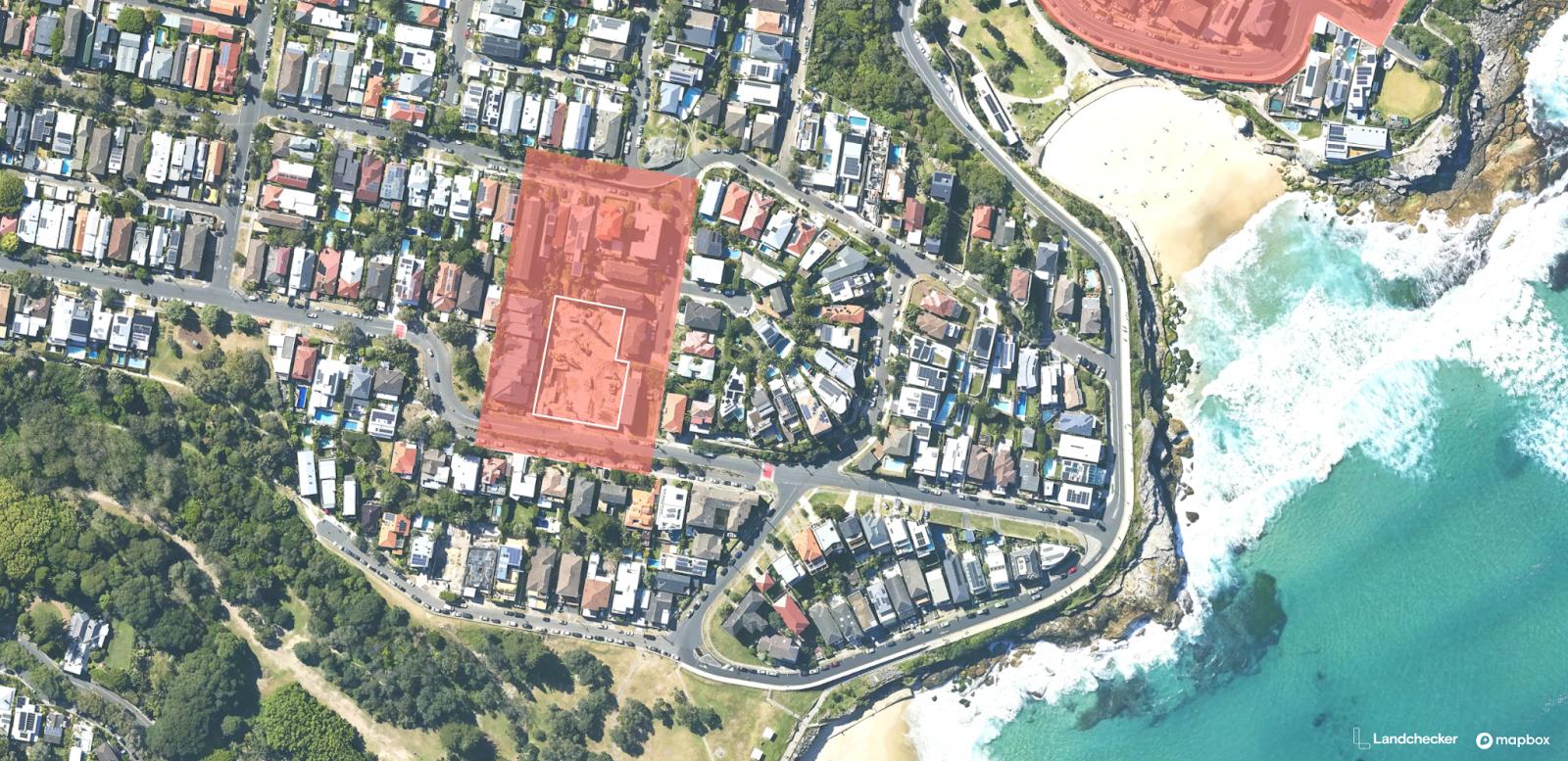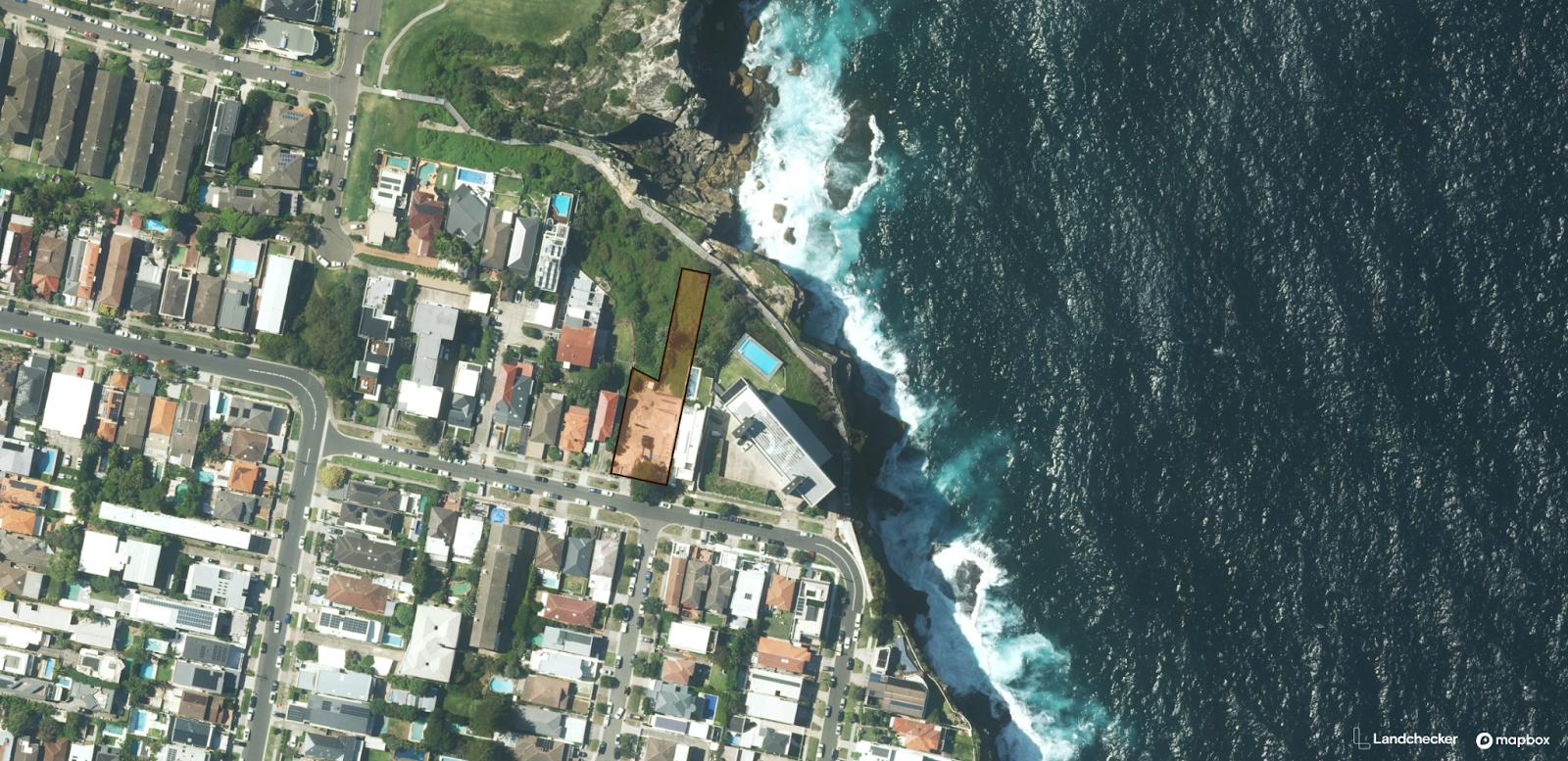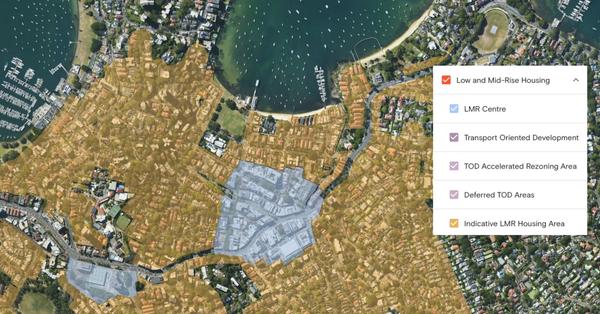Articles
Low and Mid-Rise (LMR) Housing Policy New South Wales
Property owners in New South Wales (NSW) may be aware that significant changes have recently been made to the planning system in the state to address housing supply and affordability.
The implementation of the Low and Mid-Rise (LMR) Housing Policy, which seeks to boost the development of a range of housing types in areas that have been strategically selected, is an essential component of these changes.
This article aims to summarise the policy and outline the permissible developments within the LMR Areas.
Overview of the Low and Mid-Rise (LMR) Housing Policy
The LMR Housing Policy is designed to streamline planning controls to encourage the construction of low to mid-rise residential buildings.
This policy specifically targets residential areas within an 800-metre walking distance of 171 town centres and train stations across metropolitan Sydney, as well as the Central Coast, Illawarra-Shoalhaven, and Hunter regions.
By focusing on these interconnected locations, the policy seeks to encourage housing diversity and increase the availability of affordable homes.
Developments That Are Allowed Under the LMR Housing Policy
The range of residential projects that are allowed in specified zones is increased under the LMR Housing Policy. Developers and property owners now have the following options to consider:
Dual Occupancies: The policy permits the construction of two separate dwellings (duplexes) on one lot in any R2 low-density residential zone in NSW. This change allows for greater housing density while maintaining the character of low-density neighbourhoods.

Terraces, Townhouses, and Two-Storey Apartment Blocks: The policy allows for the development of terraces, townhouses, and two-story apartment buildings within R2 low-density residential zones in the Hunter, Central Coast, and Illawarra regions of Greater Sydney, given their proximity to town centres and transport hubs.
This approach aims to address the lack of 'missing middle' housing options by providing alternatives to detached houses and high-rise apartments.
Mid-Rise Apartment Buildings: The policy promotes sustainable urban growth by facilitating the development of mid-rise apartment buildings in R3 medium-density zones and appropriate employment zones that are located near transit hubs and town centers.
This initiative optimizes land use in areas that already have existing infrastructure and amenities.
Accessing the LMR Housing Planning Layer on Landchecker
To determine whether a property falls within a designated LMR Area, Standard, Advanced and Enterprise plan members can access the relevant planning information directly through the Landchecker map.
Simply search for a property address and then click on the Planning Layer menu on the left-hand side panel of the map. Then, tick the checkbox beside “Low and Mid-Rise Housing” to activate the layer and view affected areas.
Once enabled, the LMR planning layer not only shows if a property is within a designated Low and Mid-Rise Housing Area but also indicates whether the site falls under more specific classifications such as:
LMR Centre
Transport Oriented Development
TOD Accelerated Rezoning Area
Deferred TOD Area
Indicative LMR Housing Area
These planning layers provide further insight into the development opportunities and planning controls that may apply to the property.
Timeline for Implementation
On 21 February 2025, the NSW Department of Planning released the complete LMR reform details. The new restrictions will be applied to all development applications submitted after 28 February 2025, when these regulations are expected to be gazetted and go into effect.
Implications for Property Owners
The new planning rules have given property owners more freedom to develop their homes inside the designated LMR zones. The new planning rules have given property owners more freedom to develop their homes inside the designated LMR zones.
Property owners should verify the specific zoning and relevant controls for their properties by consulting Landchecker. You can do so in the Lanchecker platform by searching a property and viewing the property detail in the right hand side property panel, specifically the planning scheme links. Or if you prefer you can head to the home owners page to purchase a Premium Property Report.
In conclusion, the LMR Housing Policy signifies a major change in NSW's urban planning strategy, to promote diverse housing options and increase housing supply in key areas.
Property owners and developers should become acquainted with the updated regulations to take full advantage of the opportunities that these reforms provide.


